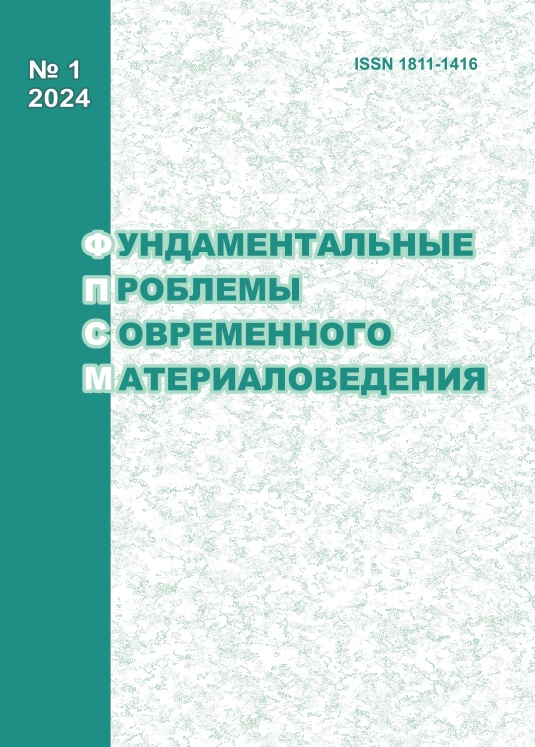STUDY OF DISLOCATION STRUCTURE, INTERNAL STRESSES AND REDISTRIBUTION OF CARBON ATOMS IN THE ZONE OF LOCALIZED DEFORMATION IN STRUCTURAL STEEL 20
10.25712/ASTU.1811-1416.2024.01.013
Keywords:
dislocation substructure, structural steel 20, structural-phase state, stable deformation localization zone, internal stress fields, redistribution of carbon atomsAbstract
The paper presents the results of a study of the dislocation structure, the magnitude of the curvature-torsion of the crystal lattice, the amplitudes of the internal stress fields, as well as the redistribution of carbon atoms in zones of stable localization of deformations depending on the state of samples made of structural steel 20. Samples were studied without operation, after operation without destruction and with destruction. The samples were stretched at the same speed until a stable deformation localization zone appeared, after which the loading was stopped. To study the dislocation structure, we used the method of transmission electron microscopy on thin foils. It has been shown that deformation of samples made of structural steel 20 in the direction «initial» ® «not destroyed» ® «destroyed» in all morphological components of the structure, as well as in the material as a whole, gradually leads to a refinement of the structure down to a nanocrystalline structure in individual areas of the material. Dislocations move to the fragment boundaries, and the scalar dislocation density decreases. At the same time, internal shear stresses decrease. The change in local stresses is of a different nature, namely, the plastic component of local stresses decreases, and the elastic component increases sharply. It has been established that deformation of steel 20 leads to the destruction of cementite particles located at the boundaries of dislocation fragments (the volume fraction decreases) and the formation of carbides inside the fragments (their volume fraction increases). Carbon from destroyed cementite particles at the boundaries of fragments goes to the formation of cementite particles inside the fragments, to crystal lattice defects and the formation of carbides in new morphological structures (micro- and nanograins).











 Journal «Fundamental’nye problemy sovremennogo materialovedenia / Basic Problems of Material Science»
Journal «Fundamental’nye problemy sovremennogo materialovedenia / Basic Problems of Material Science» This work is licensed under a
This work is licensed under a 
